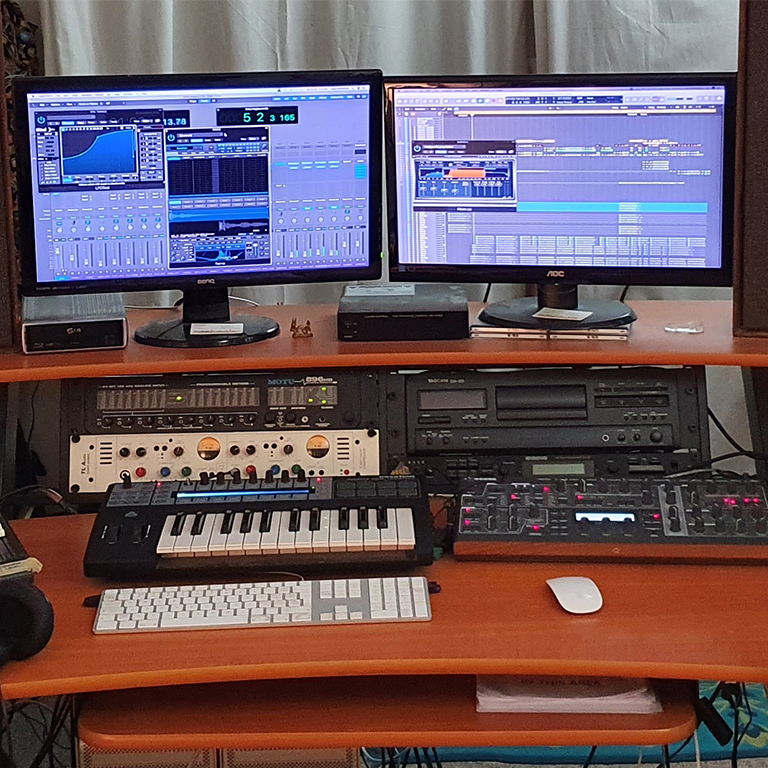SESSION GUIDE
Our Recording Studio Session Guide
Before You Get Started
Decide what the purpose of your studio session is. If you’re part of a band, make sure all members are in agreement. Are you making a recording for enjoyment, or do you want a demo CD to help you secure gigs or a record deal? Having a clear idea of your objectives will help you and us to make the right decisions during your session.
Session FAQ’s

Tips For Your Session:
– Arrangements. Rehearse your songs thoroughly and make sure all band members know all their parts to each song.
– Instrumentation, Scores and Lyric sheets. Please make sure that your scores and lyric sheets are written up and brought to your sessions. Think about different vocal parts, like backing vocals and harmony parts, before sessions. Also think about any string arrangements or percussion that might be needed – and let us know if you want extra support in the form of musicians or vocalists.
– Less is More. Your recording is not the time to try out or show off. A simple part, played well, tends to be more effective than a self-indulgent solo. Harsh but true! Remember the song is the most important thing, not your playing.
– Equipment. To make the most of your session, turn up on time with your equipment checked and ready. We’ll be there getting set up so you can start punctually. Bring everything that you will or even MIGHT need: spare strings, plectrums, batteries, leads, etc. Otherwise, you can guarantee that the item you forget will be the one thing you need. Test all your gear the day before.
– Click Track. We highly recommend that you play to a click track, as this keeps the tempo even through the song and also makes the over-dubbing process more straightforward. It means that track editing is easier and more accurate. We cannot, for example, take a bass phrase recorded during the first verse and copy it to the last second verse if the song speeds up, so playing to a click gives you more flexibility at the production stage – simply, things can be achieved faster.
– Mixing. Once all the recording is done, the next stage is the mixing. Mixing is where we apply EQ (equalisation) and dynamic effects (e.g. compressors, expanders, noise gates) to each track, and set the correct track volume relative to all the other tracks. We also decide where each track should be panned in the stereo mix for the arrangement to gel and to highlight certain aspects of the arrangement.
– Enjoy your session. There’s a lot to think about, but one of the most important things – if not THE most important – is to arrive ready to enjoy your session and have fun.
Want To Record In Our Studio?
Give us a call today and turn your passion in to something real with Fluke Productions.
